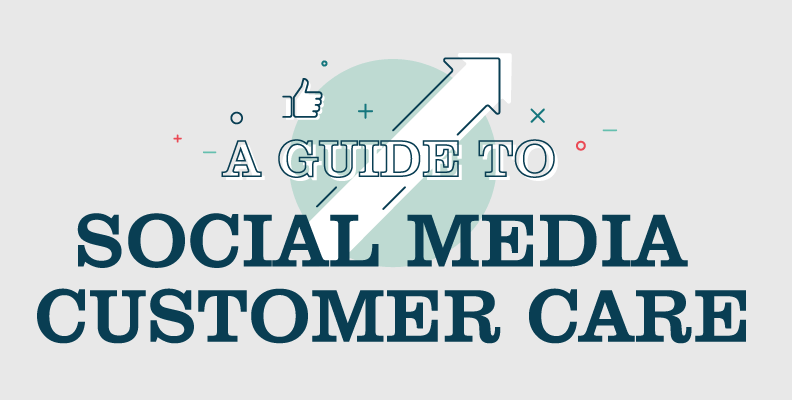How Do You Manage Costs While Expanding Your Small Business?
Business expansion is an incredible milestone for small business owners — you know that you’re doing something right when your company is ready to break ground in a completely new location. But until you get the ball rolling and customers come through your doors, there’s a lot of moving pieces that you need to keep a close eye on.
When you’re in the process of expanding your business, your budget will likely take a major strain. Unless you already have multiple locations or different income streams up and running, you’ll need to reallocate your income and cash flow to support not only your business, but your future endeavors. If you’re in need of help, the following suggestions can help you keep costs low while you expand your business.
Be More Selective of Your Customers
Not all of your existing or prospective clients can afford to pay you in full and on time. But before taking on any new ones, you can use available tools to help you decide whether someone is worth your effort or your business. One way to do so would be to run credit checks on prospective business customers to ensure they’re responsible clients and have paid their bills on time. You can also consider tightening up your payment terms. If you’re on a 45-day invoice system, you can try out a 30-day schedule with new clients to help speed up your cash flow.
Whenever possible, follow up with the customers that you do have. Ensure that they’re happy and willing to stay with you during a period of transition. You should also make sure that you hold up your end of any existing business agreement, as your business reputation is extremely important. Until your new location or enterprise is up and running, and taking in its own clients, your existing customers are keeping you afloat; don’t let anything happen to them.
Evaluate Monetary Decisions Carefully
Your income and operating cash will likely be stretched thin during an expansion, but it’s not limited to just that period alone. You’ll still have to give your new initiative time to develop and work out any kinks. And unless your new expansion or branch is part of a franchise, you might not have the initial client base you want. No matter what kind of business you have, you may need time to reach new customers. Word of mouth, Google My Business and other forms of low-cost advertising should be leveraged more frequently when your budget is tight, but you should continue your marketing efforts to gain new customers.
Before you take on new employees, make sure to take learning curves into account since training is a costly and lengthy undertaking. If you can hold off hiring on new staff, contractors may fit into your budget better until your cash flow opens up. If you need access to additional funds, you can use some form of business expansion loan like a line of credit to help support and move your business along.
Automate Procedures Whenever Possible
Getting your business on board with business automation can be daunting for those that aren’t tech savvy, but it’s a great way to save money on small costs that really add up over time. Automation can even help you scale your business for future growth beyond your current expansion since you’re leveraging tools and technology to save time, money and manpower.
Small business automation doesn’t need to be a large-scale undertaking or costly investment. Instead, you can start with small tasks and free up your resources one-by-one. For example, your administrative staff spends time on tasks like scheduling, email or phone calls, you can set up processes that automate these tasks. Software, digital assistants or other third-party automation services are great places to start for small business owners.
Identify Ways to Scale Down
If it’s possible for your specific business, reduce your storage or backroom space as much as possible. Limit your inventory backlog; old products may end up being a cost liability to your bottom line if you can’t sell. Don’t buy new stock until your old merchandise has been cleared out or unless you know you can sell it immediately.
You can also host a recurring clearance sale or inventory clear-out; regular sales are more effective and can help eliminate old merchandise while your customers can plan ahead and visit your location or site. If you have additional old inventory, you can also consider bundling sales or including additional discounts for multiple items sold.






